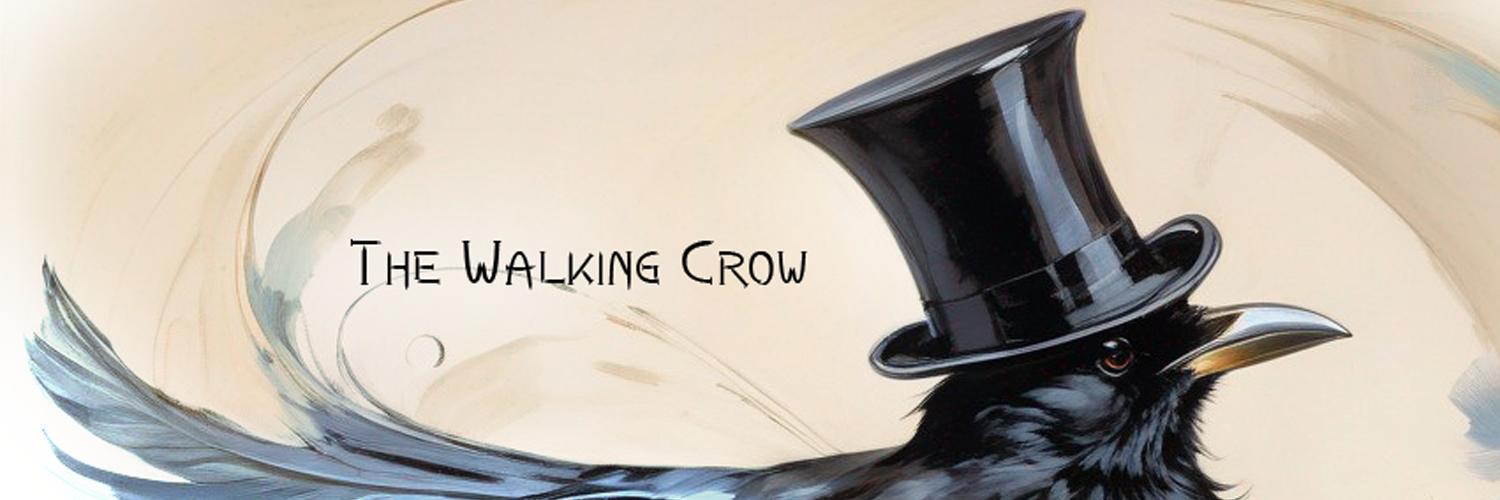
by Jamie Sherfy | Nature, Plants
The Dwarf Palmetto, or Sabal minor, is a small, cold-hardy palm native to the southeastern U.S. It thrives in USDA Zones 7-10 and tolerates temperatures as low as -10°F. Non-toxic to pets, it requires minimal care and adapts well to various soils, making it ideal for landscaping and wildlife habitats.

by Jamie Sherfy | Nature, Plants
The Dumb Cane Plant, or Dieffenbachia, is a popular houseplant known for its striking, variegated leaves and toxicity. Native to tropical Americas, it requires well-draining soil, bright indirect light, and consistent moisture. While it offers limited air-purifying benefits, care should be taken due to its irritating sap and potential harm to children and pets.

by Jamie Sherfy | Nature, Plants
The Dragon Tree, also known as Madagascar Dragon Tree, is a resilient indoor plant with slender stems and long, narrow leaves featuring red or purple margins. It thrives in various light conditions and prefers well-draining soil. However, it’s toxic to pets and requires moderate care, making it suitable for beginners.

by Jamie Sherfy | Nature, Plants
The Deltoid-leaved Dew Plant, a non-toxic succulent native to South Africa, features triangular blue-green leaves and fragrant pink flowers. Thriving in USDA Zones 9-11, it requires full sunlight and minimal watering. Prune to encourage growth, and it can be easily propagated from cuttings, making it a charming addition to gardens.

by Jamie Sherfy | Nature, Plants
The Crown of Thorns, or Euphorbia milii, is a hardy succulent shrub valued for its colorful bracts and resilience. Native to Madagascar, it thrives in warm climates (USDA Zones 9-11) and requires well-draining soil and full sun. Caution is advised due to its toxic latex sap. It’s low-maintenance and perfect for gardens.

by Jamie Sherfy | Nature, Plants
The Concrete Leaf Plant, or Jewel Plant, is a unique succulent from South Africa, known for its stone-like appearance and grey-green leaves covered in white tubercles. It thrives in sunny, warm conditions and is drought-tolerant but requires well-draining soil. Non-toxic, it can improve indoor air quality.

by Jamie Sherfy | Nature, Plants
Coleus, or Painted Nettle, is a vibrant annual plant known for its stunning foliage in various colors. It thrives in warm climates and is popular for gardens and containers. Coleus prefers well-draining soil, moderate humidity, and partial shade. While non-toxic, it offers no significant health benefits.

by Jamie Sherfy | Nature, Plants
The Christmas Cactus, known scientifically as Schlumbergera, is a tropical plant celebrated for its vibrant flowers and suitability for indoor gardening. Non-toxic to pets and children, it requires bright, indirect light and consistent moisture. Ideal temperatures promote blooming, while proper care ensures its longevity as a cherished holiday decoration.

by Jamie Sherfy | Nature, Plants
The Chinese Money Plant, or Pilea peperomioides, is a trendy houseplant celebrated for its coin-shaped leaves and symbolism of luck. Easy to care for, it requires indirect light, moderate watering, and temperate conditions. Non-toxic to pets and children, it’s a popular choice for homes due to its charming appearance.

by Jamie Sherfy | Nature, Plants
The Chinese Jade Plant, also known as Crassula ovata, is a popular succulent valued for its thick, glossy foliage and symbolism of good fortune. It thrives in bright light and requires minimal water, making it easy to care for. However, it’s toxic to pets if ingested.










